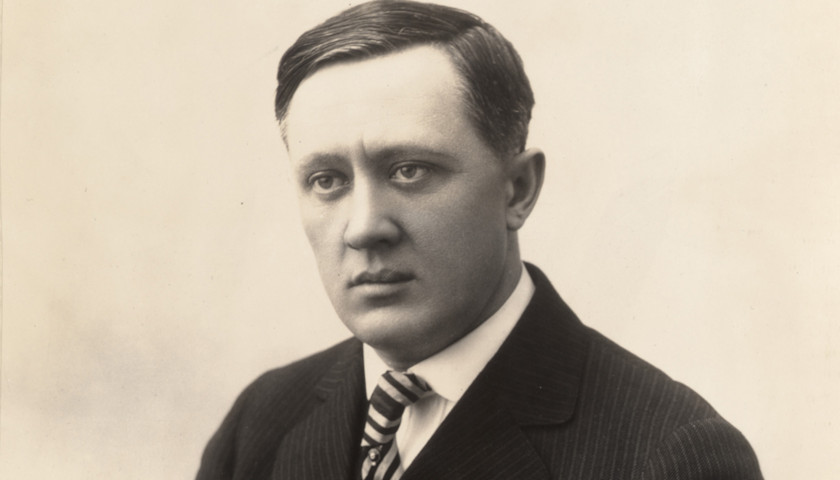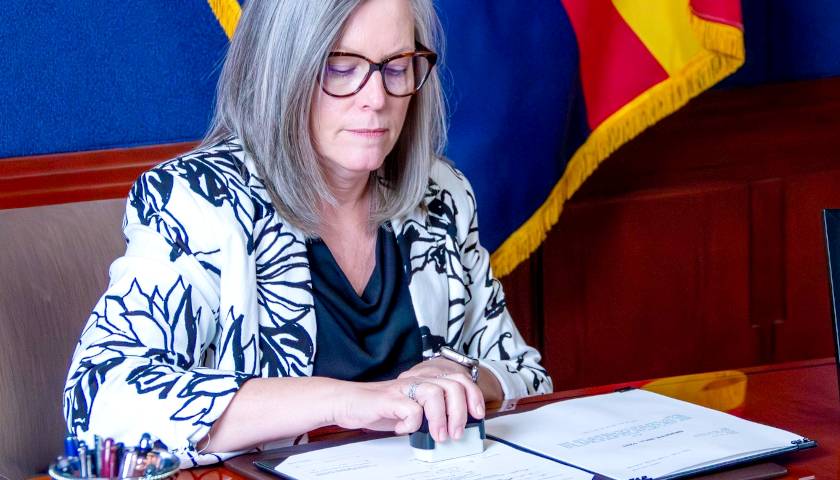Two kids from Milwaukee with a dream of attaching an engine to a bicycle were the unlikely founders of one of America’s most iconic companies: Harley-Davidson.
William Harley, born on December 29, 1880, began working at the Meiselbach bicycle factory at the age of just 15. He worked his way up to the position of draftsman and later left the company for Barth Manufacturing in Milwaukee, where he worked as a full-time draftsman. One of his new coworkers, Arthur Davidson, worked as a pattern maker in the shop.
Their new friendship and complimentary skill sets served as the foundation for launching the world’s most popular motorcycle business.
The idea of a gasoline-powered bicycle wasn’t unique. In America, the idea “had been kicked around like a carnival freak since the early 1890s,” Darwin Holmstrom suggests in his account of the early days of Harley-Davidson.
In 1895, for instance, Pennington raced its gasoline-powered two-wheeler up and down Milwaukee’s Wisconsin Avenue to a crowd of onlookers. But Pennington’s invention was impractical, and aspiring inventors still lacked a lightweight, reliable engine needed for a true motorcycle.
The First Workshop
Harley completed his first blueprint drawing of an engine designed to fit into a bicycle in 1901 at the age of 21.
In 1903, Harley and Davidson teamed up with Arthur’s brother, Walter, who cleared space in a wooden shed in the backyard of the Davidson family home to begin creation. A third Davidson brother, William, was a toolmaker who could provide tools needed to create motorcycle parts, according to the Wisconsin Historical Society.

They scrawled the words “Harley-Davidson Motor Co.” across the 10×15-foot wooden shed and were on their way.
In the summer of 1903, they had completed their first creation. It ran, but it wasn’t powerful enough for hills; they needed a bigger motor. According to Holmstrom, company documents reveal that the first finished machine was not “the large, loop-frame bike we recognize today as the original Harley-Davidson, but a more primitive vehicle with a small engine attached to a pedal bicycle frame.”
For marketing purposes, photographs of the first machine they completed were kept secret, or at least never surfaced. By the end of 1903, they were nearly completed with their second Harley-Davidson model, the first to be made available to the public.
The bike was “built to be a racer, with a 3-1/8 inch bore and 3-1/2 inch stroke,” according to the Harley-Davidson Museum. Holmstrom describes the original Harley-Davidson as a loop-frame prototype with a “front downtube flowing around the engine in a continuous loop.”
“As a result, the original Harley-Davidson came into existence using correct engineering principles with strong potential for future development,” Holmstrom observes.
Precisely when the first successful prototype was completed is an object of contention among historians. Company documents suggest that it was finished in 1904, and Harley-Davidson made the 1954 bikes the 50th Anniversary models, rather than the 1953 bikes.
In any case, Harley and the Davidsons were on their way to building a motorcycle empire.
Early Success
In 1904, C.H. Lang of Chicago opened the first Harley-Davidson dealer and sold one of the first three production motorcycles ever made. Around this time, Harley enrolled at the School of Engineering at the University of Wisconsin at Madison, where he graduated in 1907.
The company maintains to this day that Harley’s training as an engineer “would prove to be one of the key factors in the successes the company would enjoy.”
Harley-Davidson expanded out of the Davidson family shed to a new factory, measuring 28×80-feet, in 1906 and had a staff size of six full-time employees. In 1908, the first motorcycle sold for police duty was delivered to the Detroit Police Department, the early signs of a business strategy that would become highly profitable during World War I.
In fact, between 1917 and 1918, anywhere from a third to almost half of the Harley-Davidson motorcycles produced were sold to the U.S. military. The U.S. Army used an estimated 20,000 motorcycles in their war efforts, most of which were Harley-Davidsons.
A day after the signing of the Armistice, the first American to enter Germany, Corporal Roy Holtz of Chippewa Falls, Wisconsin, rode in on a Harley-Davidson.
– – –
Anthony Gockowski is managing editor of Battleground State News, The Ohio Star, and The Minnesota Sun. Follow Anthony on Twitter. Email tips to [email protected].





[…] Champion for setting a world record mile and frequently competed against and defeated powerhouses Harley Davidson and Indian, according to the […]
[…] Champion for setting a world record mile and frequently competed against and defeated powerhouses Harley Davidson and Indian, according to the […]
[…] Champion for setting a world record mile and frequently competed against and defeated powerhouses Harley Davidson and Indian, according to the […]